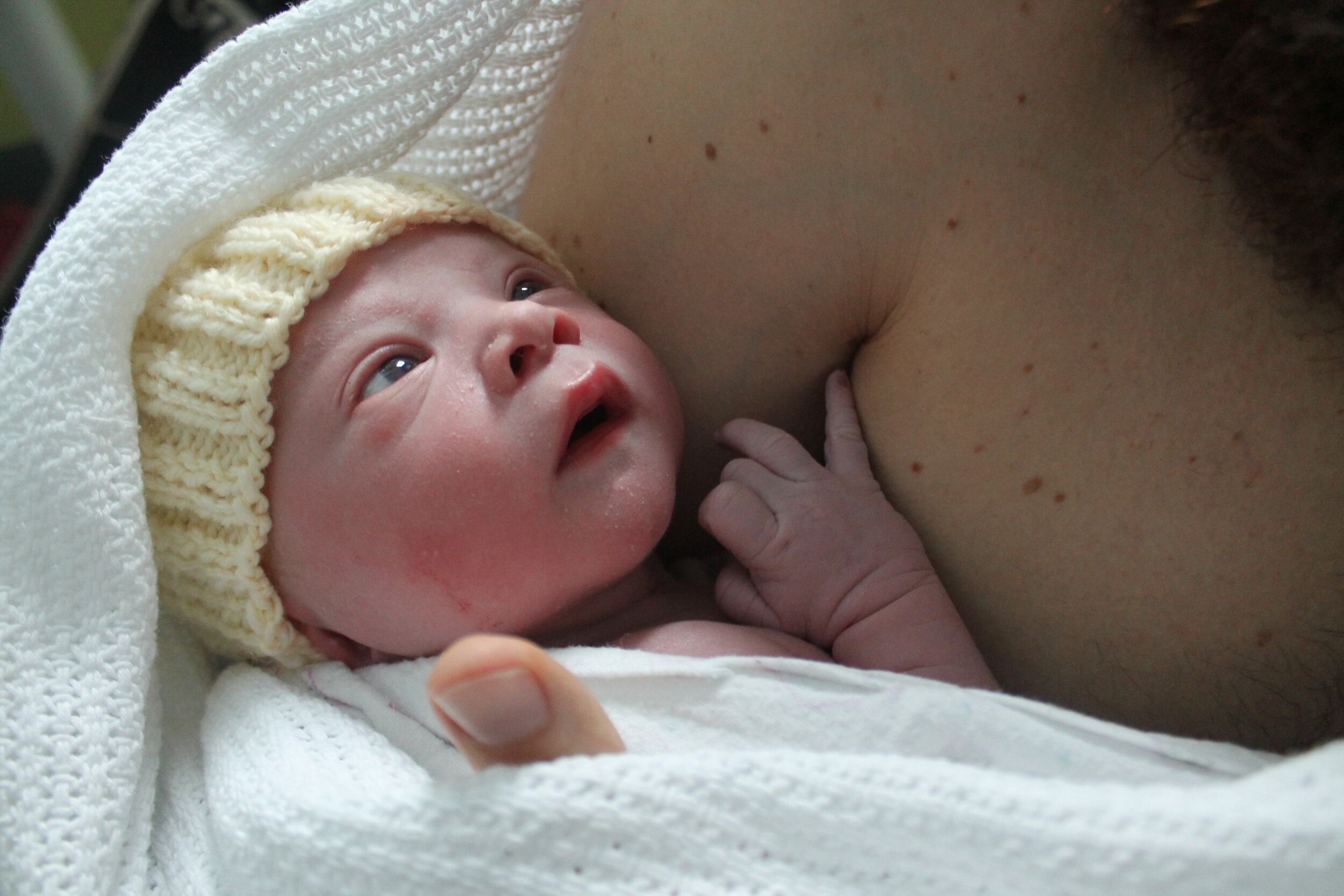Many well intentioned first time mums start out on their birth journeys planning to birth naturally. In current times there's an abundance of classes women can attend in preparation for birth. Unfortunately one thing that is easily overlooked during pregnancy is building physical stamina so you have the endurance for labour.
First births are often very hard work. If you've focused on building your stamina during pregnancy you're more likely to have the energy to complete cervical dilation with energy left to push out your baby unassisted.
So what can happen if we haven't worked on our stamina?
When labour goes on for an extended period of time some women become exhausted. Once exhaustion sets in contractions can become less effective. When labour gets to this point the labouring mum may simply want labour to end as she's run out of steam. If the end of labour isn't in sight an epidural may be offered as a way to help her rest and rebuild her energy. Understandably, for many mums this is a very appealing option. Unfortunately birth becomes a very different experience once an epidural is administered. Many women feel completely out of control and feel a sense of loss if they had planned a natural birth.
So what is one simple, very affordable and effective exercise you can do to build your stamina ready for labour?
WALK, WALK, and WALK. Everyone's physical capabilities are different so start out at a pace and distance that's comfortable for you. Aim to walk 3 to 4 days a week, 5 km’s each walk. Sharing the walk with a furry or not so furry friend can make it more fun. It’s important your walk is enjoyable so perhaps make the effort to walk where you enjoy the surroundings.
Please note.....building your stamina isn't critical in the first trimester when you're completely exhausted and feeling unwell. Start when you're feeling better in your second trimester.





